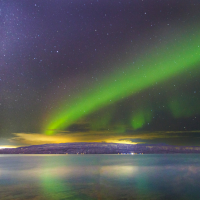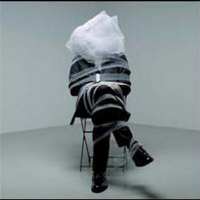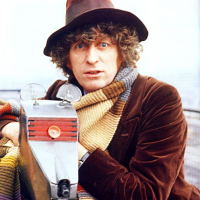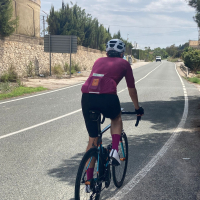Giro 2020 - Stage 20: Alba – Sestriere 190kms *Spoilers*

The penultimate stage of the Giro is the last uphill test. The route adds up to 190 kilometres and the riders crest the climb to Sestriere three times in the last 50 kilometres.

The new stage 20 will feature roughly 3500m in vertical elevation". From Alba the route goes to Pinerolo across the plain through medium-wide and straight roads. The first 110 kilometres of the route are virtually flat before the route starts to climb at very shallow gradients for tens of kilometres. A false flat that changes gradually into an ascent of 9.2 kilometres at 5.4% before the riders move through Sestriere for the first passage through Sestriere (the riders will not pass over the finish line).

This is my best guess to the profile of the Sestriere climb from the east (9.2km at 5.4 per cent being the final categorised part)

The race continues with two identical laps on a circuit around the ski resort. Firstly, the route descends into Cesana Torinese before returning to Sestriere on different roads. The first part is a false flat and shortly after Rollieres the gradients increase. But in comparison to the original 20th stage it is really nothing. The second (and third) climb to Sestriere is 11.4 kilometres long and the average gradients sits at 5.9%.

These ascents are the final chance for those still in contention for the GC to attack but it is questionable as to how much time can be gained with these gradients and no Agnello or Izoard in the legs.


The last time that the Giro finished in Sestriere was in 2015. Fabio Aru soloed to victory ahead of Ryder Hesjedal and Rigoberto Uran.
Alba
Alba, Creative Cities of UNESCO, is nestled in the hills of Southern Piedmont, not far from Turin and Milan. Alba is as the “capital” of the area, the heart of the gastronomic Langhe Roero district, renowned for its excellent products, increasingly sought after as a tourist destination.
The city and the surroundings provides a rich gastronomic offer: wine cellars, wine bars, farmhouses, inns and restaurants; you just have to choose where to start your journey through the tastes and flavors of the cuisine. The Alba White Truffle is the King of the culinary world.

Important wines, like Barolo, Barbaresco, Barbera d’Asti and Moscato d’Asti, are served with local dishes:
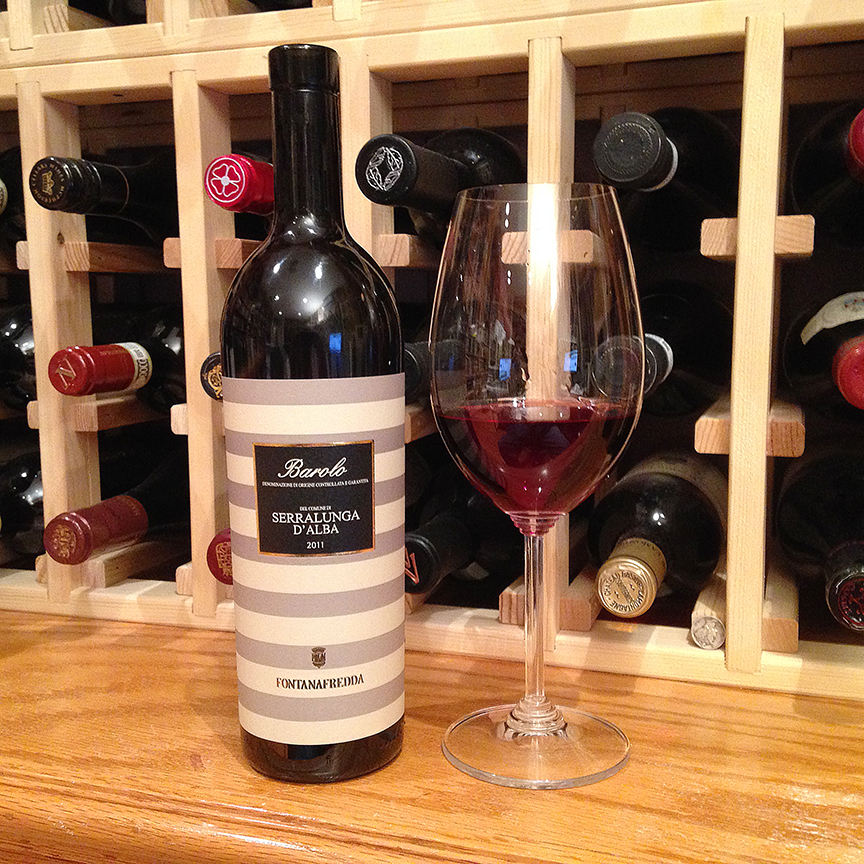
countless starters, homemade pasta like tajarin, ravioli al “plin” and agnolotti, fassone tartare, PDO cheeses (i.e. Robiola di Roccaverano), that can be enhanced by an Alba White Truffle shaving.

Last but not least, the desserts made with Nocciola Piemonte PGI, such as the hazelnut cake and the bunet (a traditional chocolate pudding to be eaten by the spoon).

Sestriere
Sestriere has 929 inhabitants and is located on the pass that links Val Chisone and Val Susa, at 2,035 metres (6,677 feet) above mean sea level The village is completely surrounded by mountains, which have been exploited to build one of the biggest ski resorts in Italy.
Formerly, the pass belonged to the municipality of Cesana, but from 18 October 1934 the area was unified with the hamlet of Borgata (formerly belonging to Pragelato) to create the new municipality of Sestriere. The ski resorts at Sestriere were built in the 1930s.
It is also in the legend of great cycling as an alpine location that hosted the arrival of many stages of the Giro d’Italia.
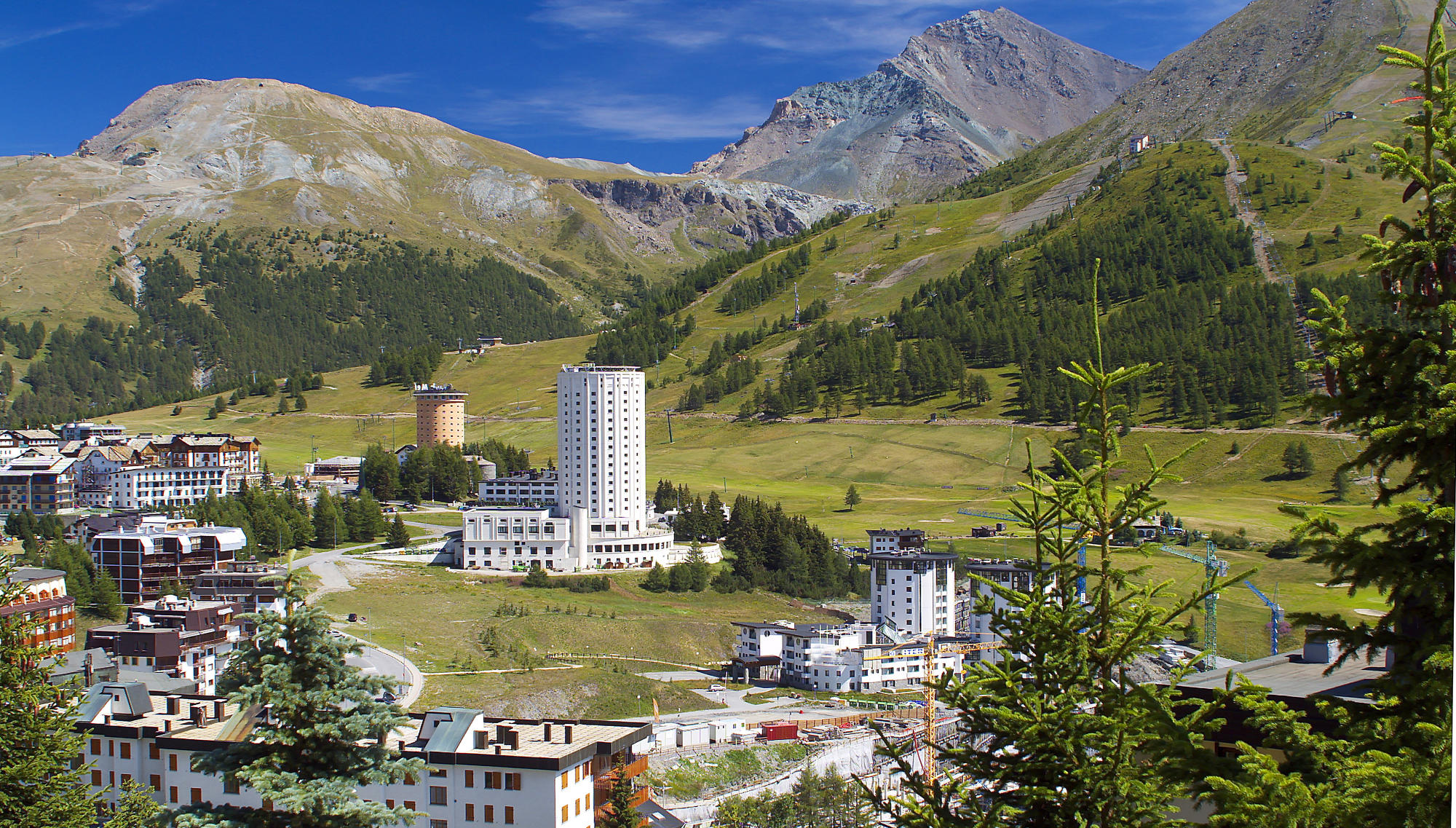
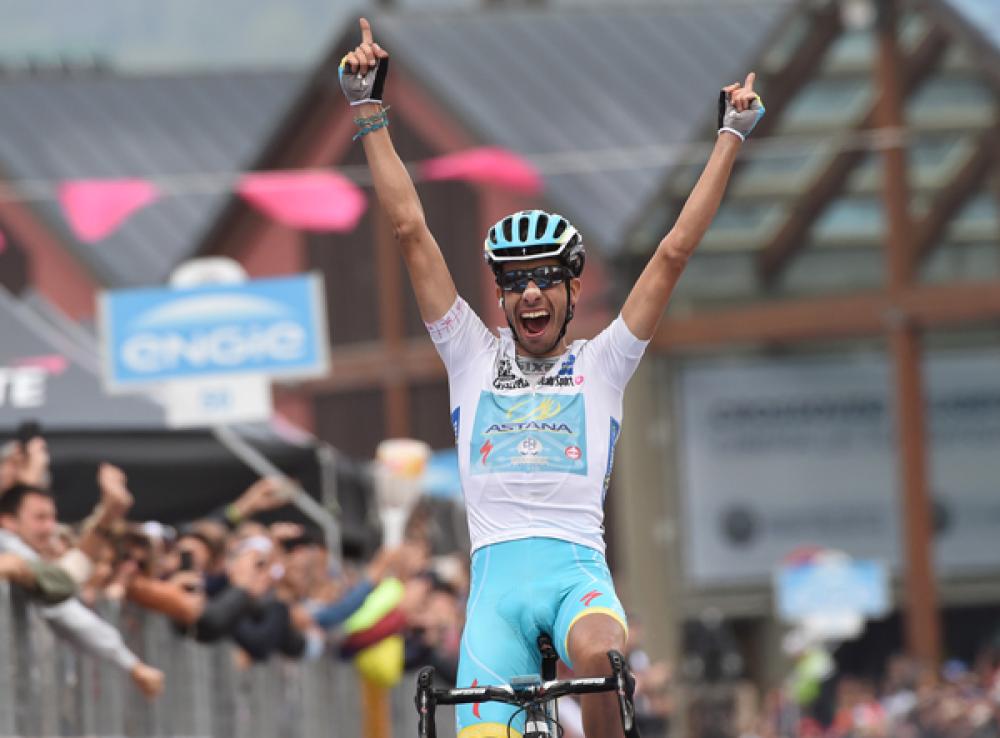
Comments
-
Blazing's best guess to the profile of the Sestriere climb from the east looks pretty good to me, the only real difference from another profile I've seen being that, the other profile shows a short steep bit (200 m length at 8.5% to 11%) between elevations 1900-1915 m.blazing_saddles said:
This is my best guess to the profile of the Sestriere climb from the east (9.2km at 5.4 per cent being the final categorised part)
The other profile I've seen indicates the last short steepish stretch around elevation 1970 m (which Blazing's does show) has about 100 m length at 9.5%.
I've never thought the towers at Sestriere fit in with the mountain landscape (except perhaps in a surreal way), but there is one aspect about them which I do like - they have no staircases to reach higher floors, rather continuous spiral ramps in their core.blazing_saddles said:
On the photo from Blazing's stage preface, one can see that at the white tower, the room windows on the left are lower than those on the right. This is because the rooms connect to the rising spiral ramp at differing elevations.
The spiral ramps in the two towers rise in different directions, that in the white tower rising anticlockwise, that in the térracotta tower clockwise - good to know if you wander into the wrong one after a bit too much apres-ski. (The towers do have lifts too!)
Must have messy to construct (in the 1930s), though, adjacent rooms with different floor and ceiling heights, as well as all rooms with curved inner and outer walls.
1 -
Ineos are going have to throw almost all their resources at that first ascent, leaving one guy to launch Tao on the second or drop Kelderman. I don't think they'll get much joy if they wait until the third.
And I think Bilbao is more involved in the race for pink that people think.Twitter: @RichN951 -
In case anybody is wondering:

Check out those suns next week and beyond."Science is a tool for cheaters". An anonymous French PE teacher.0 -
Any risk of riders getting lapped? The circuit is just under 27km so I guess it would be around 45 minutes so probably not. With the flat start to the race and relatively shallow gradients I doubt anyone is losing more than 30 minutes.0
-
We all talk about Ineos dominance being bad for the sport, and usually it is.
But on a day like today, we get to see them using their strength aggressively to open up the race rather than to shut it down, and it's particularly exciting to see what will happen0 -
-
Fully recovered after yesterday's additional rest day. 😉rick_chasey said:So is today isn’t too challenging to affect their immune systems?
The above may be fact, or fiction, I may be serious, I may be jesting.
I am not sure. You have no chance.Veronese68 wrote:PB is the most sensible person on here.0 -
I'll just leave this here on the Stage 20 thread for you, takethehighroad, shall I?
 I'm fairly sure that having shortened yesterday's stage they haven't gone back to do it properly today.
takethehighroad said:
I'm fairly sure that having shortened yesterday's stage they haven't gone back to do it properly today.
takethehighroad said:Big break up the road, including Demare who has won the sprint and Viviani who is seemingly desperate for a stage win.
No Ineos, Sunweb or Astana riders, but Tratnik from Bahrain.
Brandon McNulty is in there, but he lost a lot of time the other day so he's half an hour down overall
7' of a lead with 135 k to goWarning No formatter is installed for the format0 -
Ganna and swift on the first climb .?"If I was a 38 year old man, I definitely wouldn't be riding a bright yellow bike with Hello Kitty disc wheels, put it that way. What we're witnessing here is the world's most high profile mid-life crisis" Afx237vi Mon Jul 20, 2009 2:43 pm0
-
Bilbao has nothing to lose everything to.gain and close enoughRichN95. said:Ineos are going have to throw almost all their resources at that first ascent, leaving one guy to launch Tao on the second or drop Kelderman. I don't think they'll get much joy if they wait until the third.
And I think Bilbao is more involved in the race for pink that people think."If I was a 38 year old man, I definitely wouldn't be riding a bright yellow bike with Hello Kitty disc wheels, put it that way. What we're witnessing here is the world's most high profile mid-life crisis" Afx237vi Mon Jul 20, 2009 2:43 pm0 -
The breakaway riders:
3 BOUCHARD Geoffrey (ALM)
7 VENDRAME Andrea (ALM)
38 TRATNIK Jan (TBM)
43 FIORELLI Filippo (BCF)
66 MAŁECKI Kamil (CCC)
71 VIVIANI Elia (COF)
82 BALLERINI Davide (DQT)
84 HONORÉ Mikkel Frølich (DQT)
88 SERRY Pieter (DQT
96 KANGERT Tanel (EF1)
101 DÉMARE Arnaud (GFC)
104 GUGLIELMI Simon (GFC)
114 CIMOLAI Davide (ISN)
126 HOLMES Matthew (LTS)
144 RUBIO Einer Augusto (MOV)
148 VILLELLA Davide (MOV)
153 GHEBREIGZABHIER Amanuel (NTT)
156 SOBRERO Matteo (NTT)
192 BERNARD Julien (TFS)
195 CONCI Nicola (TFS)
206 MCNULTY Brandon (UED)
130kms to go."Science is a tool for cheaters". An anonymous French PE teacher.0 -
Lol whoops. Serves me right for posting when I should be working from home.No_Ta_Doctor said:I'll just leave this here on the Stage 20 thread for you, takethehighroad, shall I?
 I'm fairly sure that having shortened yesterday's stage they haven't gone back to do it properly today.takethehighroad said:
I'm fairly sure that having shortened yesterday's stage they haven't gone back to do it properly today.takethehighroad said:Big break up the road, including Demare who has won the sprint and Viviani who is seemingly desperate for a stage win.
No Ineos, Sunweb or Astana riders, but Tratnik from Bahrain.
Brandon McNulty is in there, but he lost a lot of time the other day so he's half an hour down overall
7' of a lead with 135 k to go
Thanks for redirecting1 -
Bilbao is definitely the joker in the mix today, though Fuglsang might be a bit disruptive (not in a GC way, but changing what the race looks like).
If Almeida isn't just completely cooked (and he looked it) he could make things interesting. Depends if he's managed to recover a bit.Warning No formatter is installed for the format0 -
Looks just like yesterday's stage but with Sun."Science is a tool for cheaters". An anonymous French PE teacher.0
-
Are there any bonus second sprints today? Giro has so many different prize categories I'm never sure which random bit of road represents a chance to climb the GC....Warning No formatter is installed for the format0
-
Astana at the front of the peloton. Looks like Fuglsang wants to at least take a stage home from an otherwise crappy Giro for him.Warning No formatter is installed for the format0
-
What is the new distance of the stage?
I understand we now have to include the toodle from the coaches to the sign on. "Science is a tool for cheaters". An anonymous French PE teacher.1
"Science is a tool for cheaters". An anonymous French PE teacher.1 -
Bottom of the final climb there's 3,2,1No_Ta_Doctor said:Are there any bonus second sprints today? Giro has so many different prize categories I'm never sure which random bit of road represents a chance to climb the GC....
0 -
Fair play to Fuglsang, he's not going to be left wondering what if?"Science is a tool for cheaters". An anonymous French PE teacher.0
-
The Finestrelle Fort is seriously impressive.0
-
Unlike this climb....Dorset_Boy said:The Finestrelle Fort is seriously impressive.
"Science is a tool for cheaters". An anonymous French PE teacher.0 -
Tao wears his helmet so far back he can wear his sunglasses on his forehead!!0
-
They are on the categorised section now, not that there's any difference."Science is a tool for cheaters". An anonymous French PE teacher.0
-
Tao sounded pretty nervous pre race . Totally in at the deep end ."If I was a 38 year old man, I definitely wouldn't be riding a bright yellow bike with Hello Kitty disc wheels, put it that way. What we're witnessing here is the world's most high profile mid-life crisis" Afx237vi Mon Jul 20, 2009 2:43 pm0
-
He's also got Guerrero looking after his rear wheel.RichN95. said:Is Almeida thinking of trying something? Three Quick Step in the break
Not that riders from other teams help each other mind. "Science is a tool for cheaters". An anonymous French PE teacher.0
"Science is a tool for cheaters". An anonymous French PE teacher.0 -
Ineos still seem to have a lot of relative non-climbers at the front so you presume they'll up the ante significantly on the 2nd ascent. Burn through the likes of Puccio, Swift and Ganna.0
-
Pretty dull climb.
Might suit the big Ineos diesel engines but will also favour the wheelsuckers as not very steep.0 -
I know I have a bit of a hearing impairment but from the commentary I'm sure that Ineos have an Irish rider on the team called Philip O'Ganna0
-
Dennis has blown it apart"Science is a tool for cheaters". An anonymous French PE teacher.0
